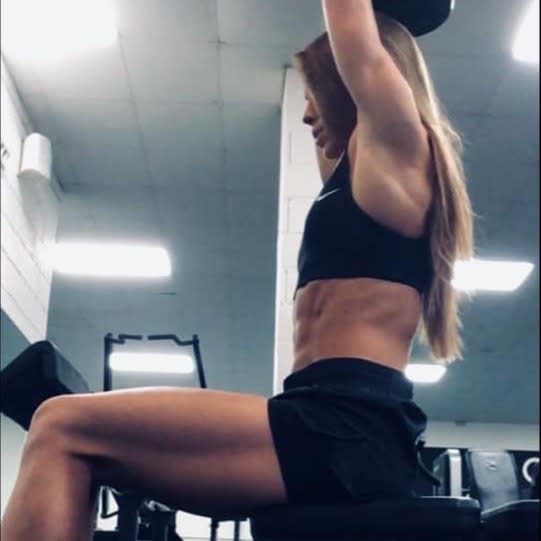Block Training Systems



Throughout this blog I will be putting different programming approaches to S&C under the spotlight to help one to more insightfully understand the different tools at one’s disposal when looking to improve an athlete’s performance. As always I shall try to remain factual and impartial with minimum witty anecdotes…we shall see how my endeavours prevail. It should be advised that one possesses at least a rough understanding of the systems highlighted or else one may not understand diddly-squat.
The block training system is named as such so as to highlight the manner in which, along with the importance of, the concentrated strength, ‘blocks’ arrangement throughout the construction of the yearly training plan. As outlined below it can be subdivided into 3 main STAGES:
BASIC STAGE. Aimed at; increasing the level of maximal strength expressed in the main focal movement. Improving the athlete’s ability to display explosive force in the specific focal movement. Improvement in the ability to execute specific strength work for a prolonged duration of time. And finally, to lay the groundwork for an energetic base on which one can further increase their work capacity.
SPECIAL STAGE. Aimed at; increasing one starting acceleration. Increasing one’s maximal anaerobic power, and along a similar line increasing the body’s glycolytic productivity.
COMPETITION STAGE. Aimed at; using the heightened capacity for increased speed as established during previous training phases and building on the ability to maintain this over a distance. Along a similar line it also aims to increase the level of maximal distance speed. The final aim, not surprisingly, is to prepare for the competition and the associated tactics.
Methodological basis of BTS; despite the obvious as outlined above of…making an athlete into more of an inhuman lifting beast, BTS also has two other motives. The pre-determined temporal sequence aims to accomplish two tasks via creation of adequate circumstances in order to do so.
Achieving consistent and consecutive increases in functional capacities of an organisms’ physiological systems deemed responsible of increasing said athlete’s specific work capacity/motor potential.
Increasing the athlete’s capacity to realize and access their motor potential in the competition exercise through a means of improving their bidirectional links between the above systems and their motor control system.
And now, just to confuse everyone even more despite the fact that this is meant to simplify the BTS, I shall now outline the three basic PRINCIPLES;:
P.O.CONCENTRATION of training loads having the same emphasis in different training blocks.
P.O.SUBSEQUENT SUPERIMPOSITION of concentrated training loads having different training emphasis’.
P.O.TEMPORAL PRIORITY of concentrated strength loads in the preparation period.

